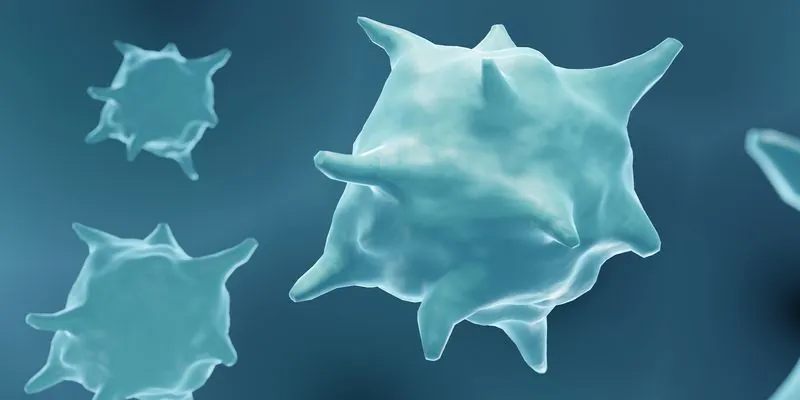
Innovative Drug Delivery: Harnessing Bacteria to Boost Macrophage Efficacy
2024-10-14
Author: Olivia
Groundbreaking Study Leveraging Bacteria
In a groundbreaking study, scientists are leveraging the infection strategies of the notorious bacterium Listeria monocytogenes to enhance the delivery of pharmaceuticals via macrophages—our body's natural defense soldiers. The team, spearheaded by Carine Smith from Stellenbosch University, is transforming these immune cells into effective drug carriers, ensuring that medication reaches precisely where it's needed with minimal side effects.
The Unique Ability of Macrophages
Macrophages are generally known for engulfing pathogens, but they also possess a unique ability to navigate the body and target disease sites. By manipulating L. monocytogenes proteins, researchers are developing a method to improve drug delivery. Traditional approaches often suffer from drug degradation during transit or require cell death to release therapeutic agents, leading to inefficiencies and heightened risks.
Innovative Delivery Method
Smith notes, "This innovative method allows us to use macrophages as delivery vehicles, which not only reduces the required dosage but also facilitates the use of more potent drugs with fewer side effects." In their approach, they harness proteins from L. monocytogenes—specifically listeriolysin-O (LLO) and actin assembly-inducing protein (ActA). These proteins help bacteria escape from host cells, acting almost like 'straws' that aid in their dispersal.
Engineering Synthetic Microbes
The team engineered a "synthetic microbe" by fusing LLO and ActA with a green fluorescent protein (GFP), allowing them to track the synthetic drug carriers as they interacted with macrophages. Through advanced microscopy techniques, they observed that macrophages housing these synthetic microbes displayed significant changes, including spikes in their membranes indicating successful actin polymerization, a crucial step for drug release.
Enhancing Therapeutic Potential
This successful exit meant that treated macrophages remained intact and functional, ready to resolve inflammation and prepare tissue for healing—something that greatly enhances their therapeutic potential. Howard Gendelman, an immunopharmacologist and microbiologist, emphasizes the impact of this work: “This method could greatly increase the effectiveness of therapeutic agents when delivered by macrophages to disease sites.”
Future Directions
As the researchers continue their innovative pursuit, they are now working with zebrafish larvae infused with human immune cells, aiming to refine their understanding of the timing and control of drug release. Smith expresses her optimism: "This macrophage-based drug delivery system holds incredible potential for patients facing tough-to-treat conditions, targeting even those difficult areas like bone tissue."
Conclusion
With the rising menace of drug-resistant infections and chronic diseases, the ability to harness nature’s own mechanisms for targeted treatment is a game-changer. As studies like this progress, the future of drug delivery may very well rest in the capable hands of our immune cells.
Stay tuned as this exciting research unfolds, promising a new era in medical therapeutics!









 Brasil (PT)
Brasil (PT)
 Canada (EN)
Canada (EN)
 Chile (ES)
Chile (ES)
 España (ES)
España (ES)
 France (FR)
France (FR)
 Hong Kong (EN)
Hong Kong (EN)
 Italia (IT)
Italia (IT)
 日本 (JA)
日本 (JA)
 Magyarország (HU)
Magyarország (HU)
 Norge (NO)
Norge (NO)
 Polska (PL)
Polska (PL)
 Schweiz (DE)
Schweiz (DE)
 Singapore (EN)
Singapore (EN)
 Sverige (SV)
Sverige (SV)
 Suomi (FI)
Suomi (FI)
 Türkiye (TR)
Türkiye (TR)